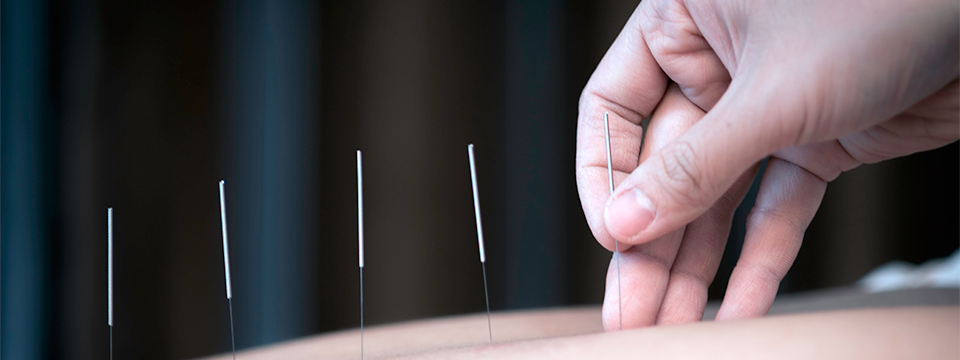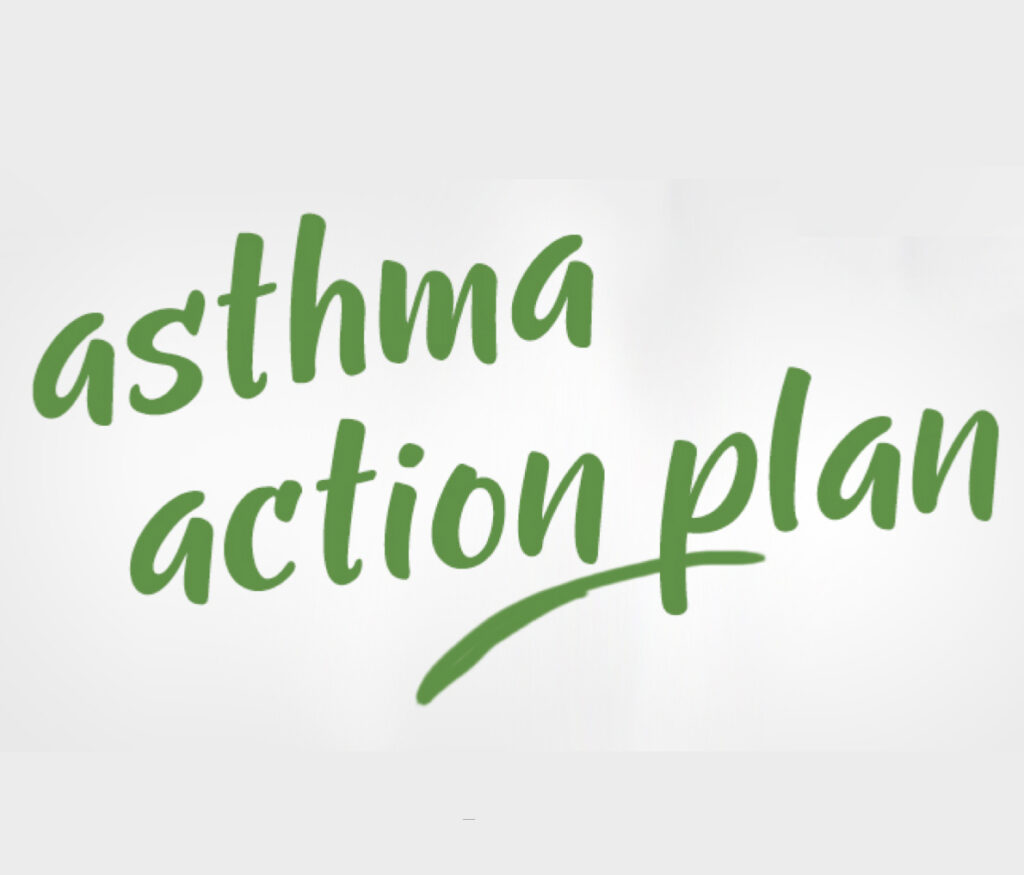
5 Signs Of Exercise Induced Asthma
The below content is derived from research done using sources available on the internet. Safey Medical Devices Inc and its subsidiaries do not take any responsibility for the accuracy of the content. No medical decision should be taken on the basis of below content without consulting with your Medical Practitioner.
Asthma can take on many different forms, with one particular type known as exercise induced asthma or EIB. Those who have been diagnosed find symptoms of asthma only arise during or after exercise. Read on to find out the 5 main signs of exercise induced asthma.
If you have been feeling a little breathless lately, and can’t quite put your finger on why, you may be surprised to learn it could actually be a very specific form of asthma, known as Exercise Induced Asthma.
For those who experience exercise as an asthma trigger, any sort of physical activity can set off symptoms. Whether it be a gym workout, walk up the stairs, or a quick jog to catch the bus.
But there is hope for those who are suffering, so long as patients have a clear plan including which type of exercise to exclude and which measures they can take to reduce the occurence of their asthma symptoms.
So, What Exactly Is Exercise Induced Asthma?
Some people find that they have symptoms of asthma only when they exercise and not at any other times. This is known as exercise induced asthma. Although, it is also also described as:
exercise-induced bronchoconstriction or EIB.
Some sufferers of exercise induced asthma or EIB will already have been diagnosed with asthma.
Symptoms are identical to other forms, but for those who suffer with this specific type, these are usually most at their peak after exercising. When they stop exercising, symptoms will subside.
How Can Exercise Lead To Asthma Symptoms?
When you take a breath, you would usually do so through your nose. When this happens, the air is warm and moist.
Generally speaking, you tend to breathe in through your mouth when you take part in exercise and physical activity. This, alongside the tendency to breathe faster to match the activity you are undertaking means that the air is colder and drier.
With some asthma sufferers, their airways become sensitive to these changes in temperature and humidity. And the result? The airways become narrower.
This can result in general asthma symptoms, such as:
- Coughing
- Wheezing
- Shortness of breath
- Tightness in the chest
Recent research has shown advancements in the world of diagnosing exercise induced asthma. With one such study investigating the link between EIB as a syndrome and the cause being from an increased production of inflammatory eicosanoids.
It also highlighted the prevalence of EIB in childhood as a risk factor for persistent asthma in adulthood.
So, what are the main signs when it comes to diagnosing this type of asthma?
- Coughing & Breathlessness During Your Workout
Coughing and shortness of breath are the most common symptoms of EIB.
The problem is that not everyone is able to recognize when a cough is the result of asthma.
“Exercise usually only causes symptoms during and shortly after exercise,” says Alan Goldsobel, MD, an Allergist at the Allergy & Asthma Associates of Northern California.
“If children have EIB and poorly controlled asthma from a young age, they grow up thinking that a tight chest, coughing, or wheezing with exercise is the norm,” Goldsobel continues. “And since it feels uncomfortable, they end up not wanting to run or exercise — without realizing why.”
This can be pretty distressing, and can lead to poor asthma management and other health issues due to reduced physical activity, such as obesity.
If you think you might have asthma that only seems to show itself during or after exercise, make an appointment with your doctor, as they can record some peak flow readings to help try to control it.
- Tightness In Your Chest & Throat
Tightness in your chest is a normal symptom of other types of asthma, however if you have this in conjunction with other EIB signs, a visit to your doctor could well be in order.
You may feel as though your chest is tight and that you cannot catch your breath. When you are unable to get enough air into your lungs, your throat could then begin to tighten.
If you feel this start to happen during exercise, it’s important to stop immediately and allow yourself to fully catch your breath. top exercising and catch your breath.
“Your whole body is working so much harder to get oxygen that it wouldn’t be recommended to take a break and then start exercising again without your medication on board,” says Asthma and Allergy Specialist, Dr. Neeta Ogden
- The Environment Around You Is Cold and Dry
Exercise induced asthma happens when you breathe in air that is substantially drier and cooler than your body.
Because you breathe in through your mouth when you exercise, this air then becomes a trigger. If the climate you live in is particularly cold or dry, your lungs are definitely more at risk.
One such study showed that children with bronchial asthma were substantially more sensitive to cold air than children with Chronic Lung Disease, and EIB is increased by cold air inhalation in asthmatic children.
- A Lack Of Energy During Exercise
When exercising, it’s normal to feel tired, right?
Whilst this is true, it’s not a good sign to feel exhausted.
So, if you do start to feel fatigued and winded during exercise, you could be suffering with EIB.
If you suspect this is the case, book an appointment with your GP, who will look into your history and check you out with a physical examination and lung function measurements.
- You’re Out Of The Competition
EIB can be incredibly debilitating if your whole life is about being an athlete.
And exercise induced laryngeal obstruction is a relatively common cause of breathlessness in athletes, which can occur alongside EIB.
From making you winded and losing that big race because you’re unable to get to your peak athletic performance.
This can be particularly true of swimmers, who spend a large chunk of their time in the pool. Why is this so bad? One word. Chlorine. Generally, swimming is a good sport for EIB sufferers, due to the humid environment. But too much exposure to chlorine can irritate your respiratory tract.
However, all is not last for those whose life is dedicated to sport, as many athletes at a top-level can still remain in the game if they suffer from exercise-induced asthma. “It doesn’t have to ruin your life and your exercise,” says, Dr. Ogden, “but until you get treatment, it can absolutely limit what you do and change your game.”
If you find that you do have exercise induced asthma, there are treatment options available, such as inhalers short-acting inhaled beta2-agonists – bronchodilators. These work to stop symptoms in their tracks.
You should also still be able to partake in exercise, whether it’s a means of keeping fit or something your career depends on. In fact, fortunately, treatment plans for athletes with asthma have been developed and successfully used in professional level sports and huge events such as the Olympics.
Exercise is much more likely to result in asthma symptoms if your asthma is not managed well.
The first step is to visit your GP or asthma nurse and speak to them to find ways to reduce the risk of exercise affecting your asthma.









